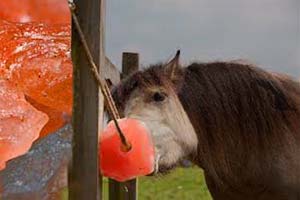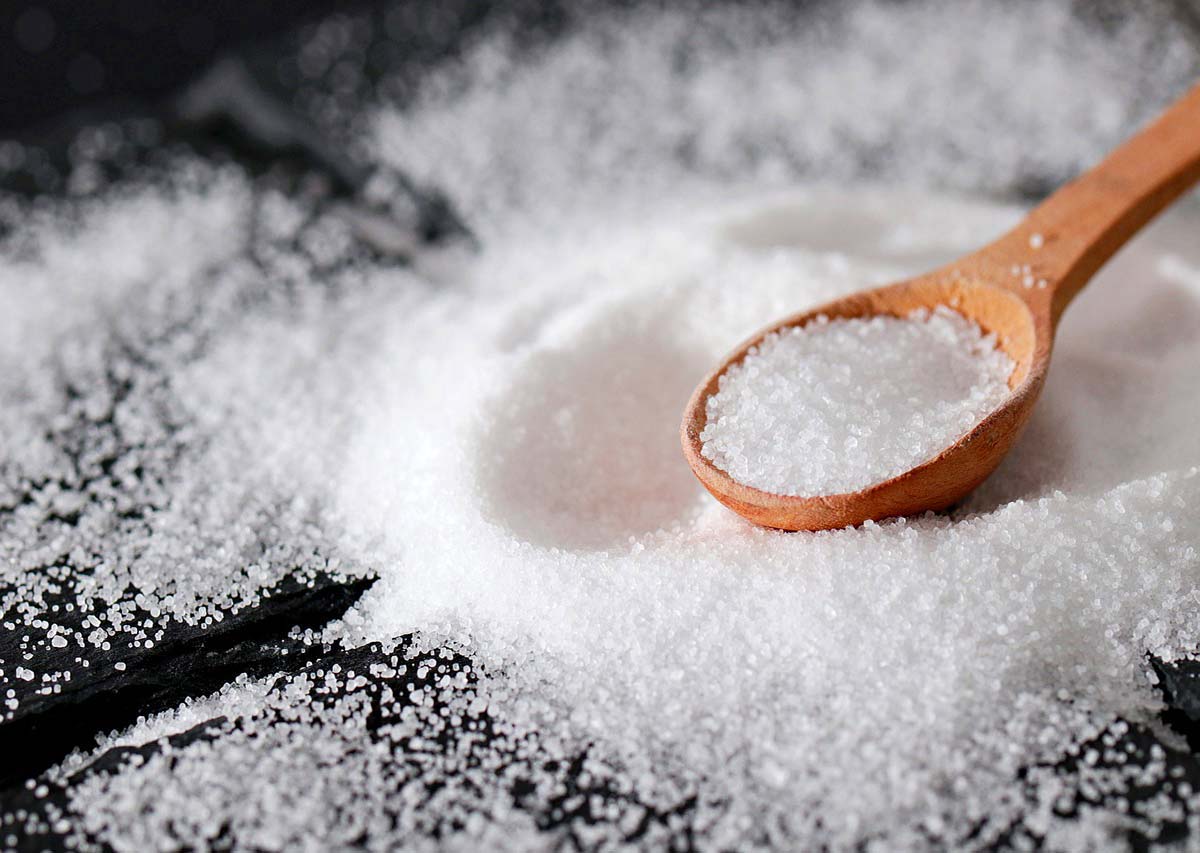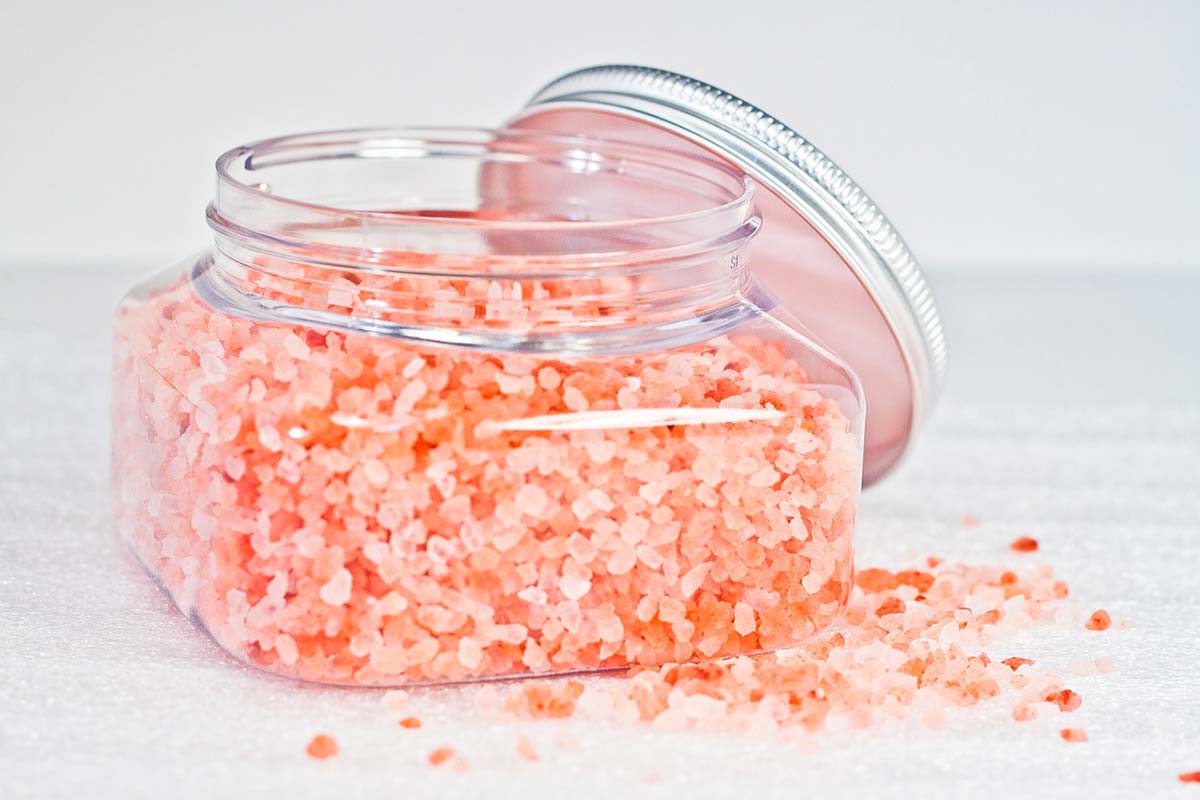Enhancing Animal Nutrition with Salt Licks:
Introduction: Salt licks have long been recognized as essential supplements for various animals, offering a convenient and natural way to provide necessary minerals. Whether you’re a livestock farmer, a horse enthusiast, or a wildlife observer, understanding the benefits and proper usage of salt licks can significantly impact the health and well-being of your animals.
Why Salt Licks Matter: Salt is a crucial component in the diet of many animals, as it provides essential minerals like sodium and chloride. Salt licks serve as a convenient and efficient method of supplementing these minerals, ensuring that your animals receive the nutrients they need for optimal health.
Types of Salt Licks:
1. Natural Salt Licks:
Mined from natural deposits, these salt licks provide a broad spectrum of minerals in their purest form. They are ideal for animals that graze in open pastures.
2. Mineral Salt Licks:
Enriched with additional minerals like calcium, phosphorus, and magnesium, mineral salt licks are designed to address specific nutritional needs. Livestock and pets can benefit from these targeted supplements.
3. Himalayan Salt Licks:
Known for their pink hue, Himalayan salt licks not only provide essential minerals but also offer trace elements that contribute to overall well-being. These are popular choices for horses, cattle, and other animals.
Choosing the Right Salt Lick: When selecting a salt lick, consider the specific requirements of your animals. Factors such as age, species, and dietary needs play a crucial role. Consult with a veterinarian to determine the most suitable option for your animals.

Placement and Usage: Proper placement of salt licks is essential to ensure that animals have easy access. Whether you’re catering to livestock, horses, or wildlife, positioning the salt licks in strategic locations within their environment encourages regular consumption.
DIY Salt Lick Recipes: For those who prefer a hands-on approach, creating homemade salt licks is a rewarding option. Common ingredients include salt, molasses, and essential minerals. However, it’s crucial to follow recipes carefully to maintain the right balance of nutrients.
Salt licks into your animals’ diet is a simple yet effective way to support their overall health. From providing essential minerals to promoting proper digestion, the benefits are numerous. Whether you opt for natural, mineral-enriched, or Himalayan salt licks, understanding your animals’ nutritional needs ensures that you make the right choice for their well-being. Consult with professionals, follow usage guidelines, and watch as your animals thrive with the added benefits of salt licks.
Placement:
1. Accessibility:
Place salt licks in areas easily accessible to the animals you are targeting. This could be near watering holes, feeding areas, or commonly traveled paths.
2. Protection from Elements:
If possible, provide some protection from the elements. Excessive rain can dissolve the salt, and direct sunlight may accelerate its degradation. Placing the salt lick under a shelter or in a shaded area can help extend its lifespan.
3. Secure Placement:
Ensure that the salt lick is securely placed and won’t be easily knocked over by animals. You may use holders or containers designed for this purpose.
4. Wildlife Considerations:
For wildlife, place salt licks away from human activity to minimize disturbances. This helps ensure that the intended wildlife population benefits from the salt lick without unnecessary interference.
Usage:
1. Frequency:
Monitor the consumption of the salt lick. Depending on the size and composition, it may need to be replenished periodically. Follow the recommendations provided by the salt lick manufacturer.
2. Seasonal Considerations:
Animals may have varying needs for salt depending on the season. In hot weather, they may require more salt due to increased sweating. During colder months, the need might be less, but access to minerals is still important.
3. Supplemental Nutrition:
Salt licks primarily provide essential minerals, especially sodium and sometimes additional minerals like calcium, magnesium, and trace elements. However, they are not a substitute for a well-balanced diet. Animals should have access to proper nutrition in addition to the salt lick.
4. Health Monitoring:
Regularly monitor the health of the animals using the salt lick. If you observe any signs of overconsumption or underconsumption, consult with a veterinarian to adjust the animals’ diet accordingly.
5. Domestic Livestock:
For domesticated animals, consider consulting with a veterinarian to determine the appropriate type and amount of salt lick based on the specific needs of the livestock and the local conditions.
Always check with local regulations and guidelines to ensure that the placement and usage of salt licks are in compliance with any relevant rules or restrictions. Additionally, consult with professionals, such as veterinarians or wildlife experts, for advice tailored to the specific needs of the animals in your care.
Looking for salt lick: Click here





